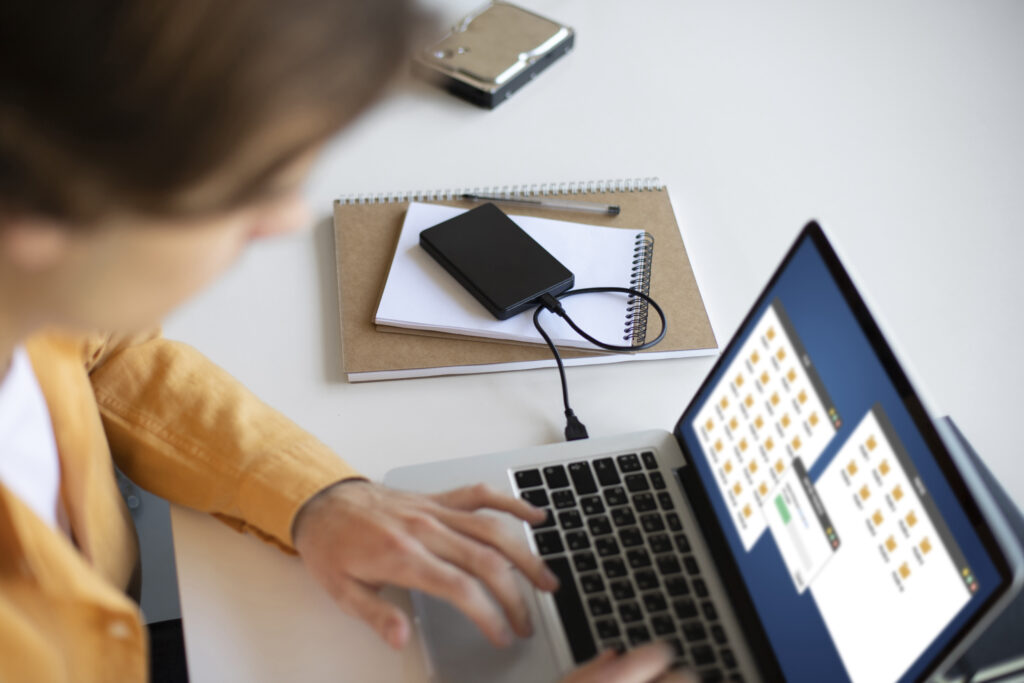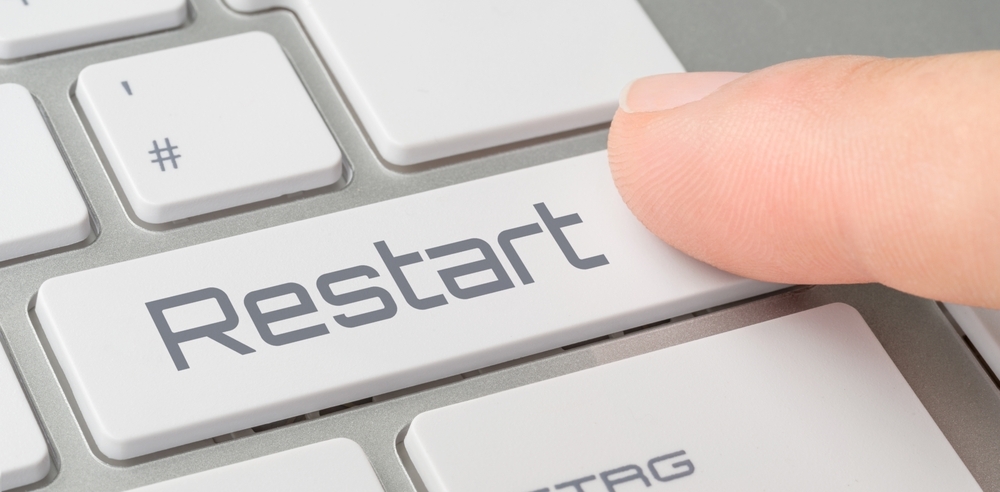Speed up slow laptop performance with these 5 practical and simple steps. If your device feels sluggish and unresponsive, there’s no need to panic — these quick fixes will get you back on track fast. From reducing background clutter to optimizing system resources, these methods are designed to improve your laptop’s speed without the need for expert knowledge or costly upgrades.
Here are five practical steps you can take today to restore speed and responsiveness to your laptop:

Manage Startup Programs
One of the most common reasons for a slow laptop is too many programs launching at startup. These apps run in the background as soon as you boot your laptop, using up valuable system resources.
How to fix it:
- Access your startup settings through the Task Manager.
- Disable unnecessary programs that don’t need to run every time you start your laptop.
- The fewer apps running in the background, the faster your startup time will be.
This small change can make a noticeable difference and speed up slow laptop functionality right from the first boot.

Clean Up Storage
A cluttered hard drive can significantly slow down your system. When your laptop doesn’t have enough free space, it struggles to retrieve and write files efficiently.
What you can do:
- Delete old files you no longer need.
- Empty your Recycle Bin.
- Clear out temporary files and browser cache.
- Use built-in cleanup tools to remove unnecessary system files.
Freeing up space is one of the easiest ways to speed up slow laptop responsiveness.
Update Your Operating System and Drivers
Outdated systems or drivers can cause performance issues. They may not be compatible with newer applications or may have bugs that have since been resolved.
How to update:
- Go to your system settings and check for OS updates.
- Ensure all hardware drivers are up to date.
- Restart your laptop after updates to let them take effect.
Keeping your system current is an essential maintenance task that can quickly speed up slow laptop performance.
Optimize Active Programs
Having too many programs running at once consumes RAM and processor power. Even if you’re not actively using some applications, they may be running in the background.
To optimize:
- Use Task Manager to see which programs are consuming the most resources.
- Close or uninstall resource-heavy apps that you rarely use.
- Avoid multitasking with too many programs simultaneously.
Being selective about which programs you use together can immediately speed up slow laptop usage, especially on older systems with limited memory.

Restart Regularly and Perform Routine Maintenance
It might sound basic, but many people rarely restart their laptops. Leaving it on for days or weeks at a time can lead to a buildup of temporary files and processes that slow down performance.
Best practices:
- Restart your laptop at least a few times a week.
- Perform a weekly disk cleanup and check for malware or unnecessary apps.
- Keep your desktop and download folders tidy to minimize clutter.
Consistent maintenance is one of the most effective long-term strategies to speed up slow laptop performance without needing professional help.
Additional Tips to Speed Up Slow Laptop Performance
Reduce Visual Effects
Modern operating systems use animations and shadows to enhance visual appeal, but these effects can consume valuable system resources.
Try this:
- Turn off unnecessary visual effects in your system settings.
- Switch to a basic theme or performance mode.
Disabling these visuals can have a surprisingly strong impact and help speed up slow laptop response times.
Check for Malware or Adware
Undetected malware and adware can quietly drain resources in the background.
Prevent slowdowns by:
- Running a thorough antivirus scan.
- Removing suspicious browser extensions or programs.
A clean system is a fast system, and eliminating malicious software can drastically speed up slow laptop functionality.
Consider a Lightweight Antivirus
Some antivirus programs are resource-heavy. Switching to a lighter option can preserve system performance.
Recommendation:
- Choose an antivirus tool that offers real-time protection without excessive background usage.
This switch alone can speed up slow laptop function during routine tasks.
Final Thoughts
A slow laptop doesn’t necessarily mean it’s time for a new one. In many cases, following these simple steps can breathe new life into your device and restore its speed and efficiency. Whether it’s disabling startup apps, clearing storage, or simply restarting your device, these actions will help you speed up slow laptop function and enhance your daily workflow.
Take the time to care for your laptop — a little effort goes a long way in boosting performance and making your device feel new again.
Stay tuned for more expert guides to get the most out of your devices.
Explore more tips at GeekyFest.com


